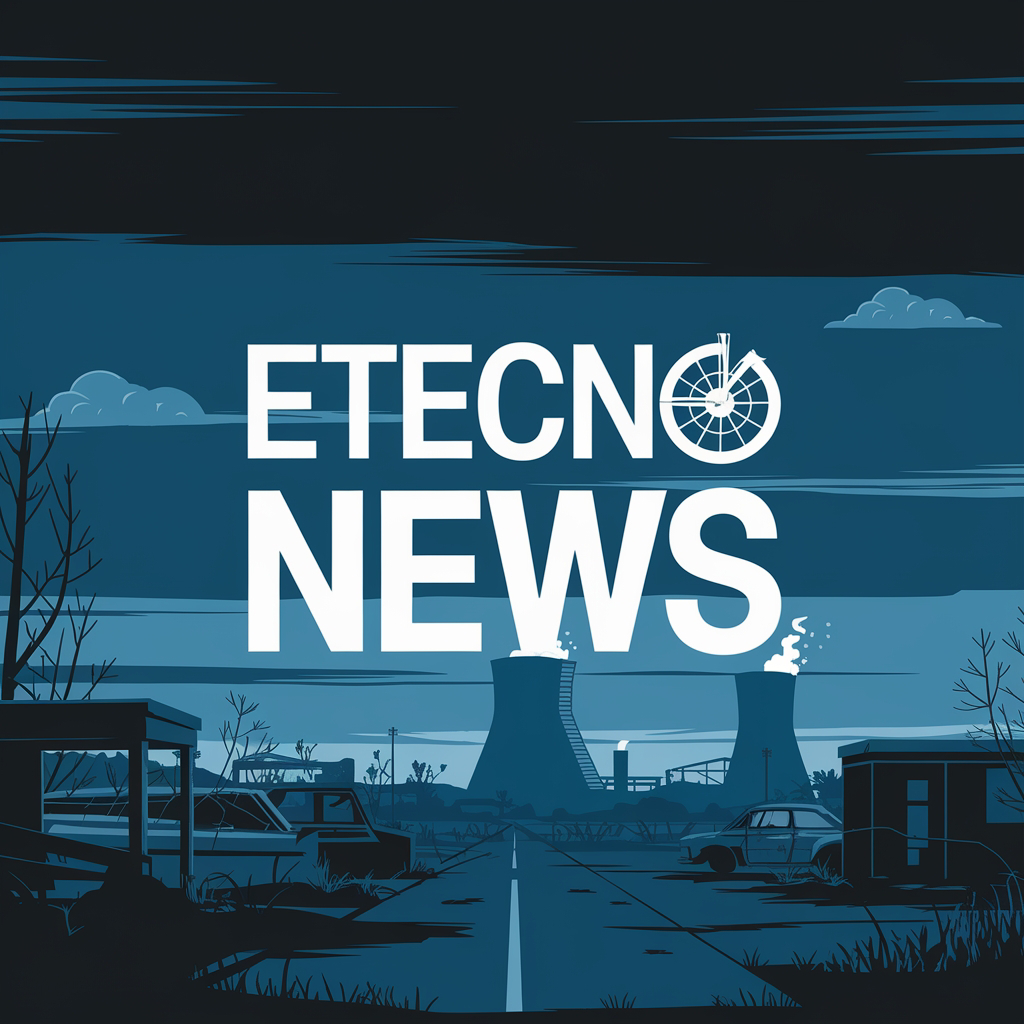Microsoft Expands Animated Backgrounds to Elevate Console Personalization: A Nostalgic Nod to Xbox 360's Legacy
In a bid to enhance user experience and console personalization, Microsoft has announced a significant expansion of animated backgrounds for Xbox users, drawing particular inspiration from the highly anticipated S.T.A.L.K.E.R. 2: Heart of Chornobyl. While this move may not entirely replicate the upscale features of the Xbox 360 era, it reflects the tech giant's commitment to bridging nostalgia with modern gaming expectations—an effort that is sure to resonate with professionals, gamers, and critics alike.
For many gamers, the Xbox 360 represented a golden age of gaming, with its vibrant and customizable interface setting a precedent for future consoles. In recent years, Microsoft has recognized the desire for personalization among its user base, leading to the introduction of dynamic backgrounds that breathe life into the gaming interface. The latest batch of animated backgrounds not only serves aesthetic purposes but also strengthens community engagement and brand loyalty, two essential pillars in the competitive landscape of gaming.
The new animated backgrounds offer a plethora of options, allowing users to tailor their console experience to reflect their tastes and preferences. Among the most notable additions is the background inspired by the highly anticipated S.T.A.L.K.E.R. 2: Heart of Chornobyl, a post-apocalyptic survival horror game developed by GSC Game World. This particular design encapsulates the gritty atmosphere and haunting visuals that fans have come to love, providing players with a glimpse into the game’s world while enhancing their console's visual appeal.
"We understand that personalization is key to creating a fulfilling gaming experience," says Maria Lopez, Xbox’s Senior Product Manager. "With the inclusion of animated backgrounds, we are not only paying homage to the gaming culture that shaped us but also allowing players to express their identities within the Xbox ecosystem."
However, the expansion of animated backgrounds has not gone without critique. Some purists argue that while animated backgrounds are visually appealing, they divert attention from the core gameplay experience. "Backgrounds should complement the gaming experience, not distract from it," states Dan Miller, a gaming critic and reviewer at TechSavvy. "While I appreciate the effort to enhance personalization, I hope that future updates will focus on usability and performance as well."
The debate surrounding visual customization and usability touches upon a larger discourse in the gaming community about user interface design's impact on gameplay. As consoles evolve, striking the right balance between aesthetics and functionality becomes increasingly important. The challenge for Microsoft lies not only in delivering visually stunning backgrounds but also in ensuring that these enhancements do not compromise performance or accessibility.
It's also worth noting that the introduction of animated backgrounds aligns with broader industry trends toward UI customization. Other gaming platforms have ventured into similar territory, emphasizing the importance of user experience in a world where players seek to carve out unique digital identities.
As Microsoft continues to roll out new animated backgrounds, the company must remain attuned to user feedback, crafting updates that resonate with its diverse audience. The nostalgic appeal of the Xbox 360 cannot be overlooked, and while the new animated backgrounds offer exciting opportunities for personalization, their successful integration hinges on balancing the visual allure with the fundamental purpose of gaming: immersive and uninterrupted play.
In conclusion, Microsoft’s initiative to expand animated backgrounds represents an exciting development for Xbox users, connecting them to a rich legacy of customization while looking forward to future innovations. As gamers embrace these new visual enhancements, the onus rests on Microsoft to ensure that the balance between aesthetics and functionality is maintained. For professionals and critics alike, the true test will be whether this new feature enriches the gaming experience or simply serves as a momentary distraction in an ever-evolving digital landscape.



Comments
Post a Comment